AWS
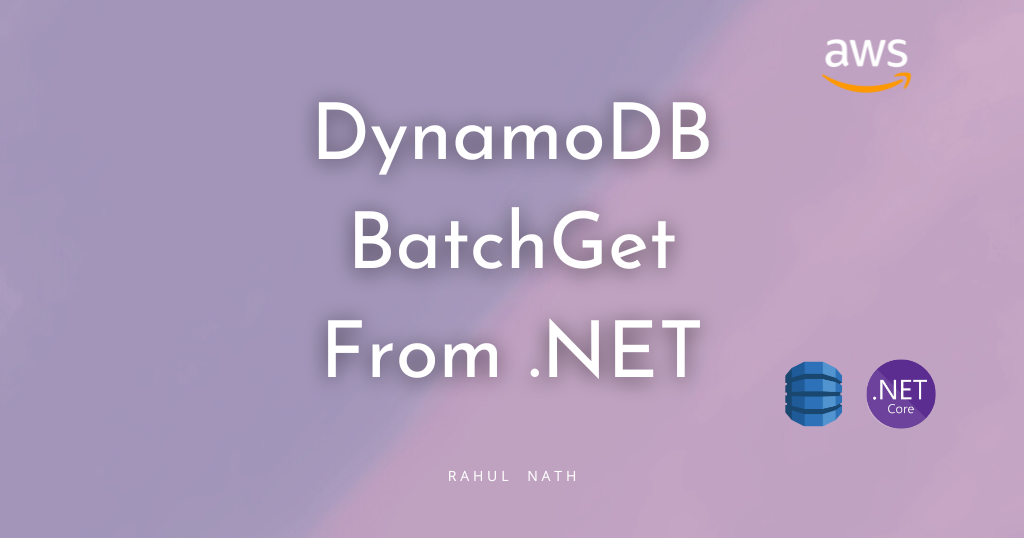
BatchGetItem Operations In DynamoDB Using .NET Paid Members Public
Amazon DynamoDB's BatchGetItem functionality allows you to retrieve multiple items from one or more DynamoDB tables using a single API call. This feature is useful when retrieving multiple items with known primary keys. It reduces the number of roundtrips to the database and optimizes performance.
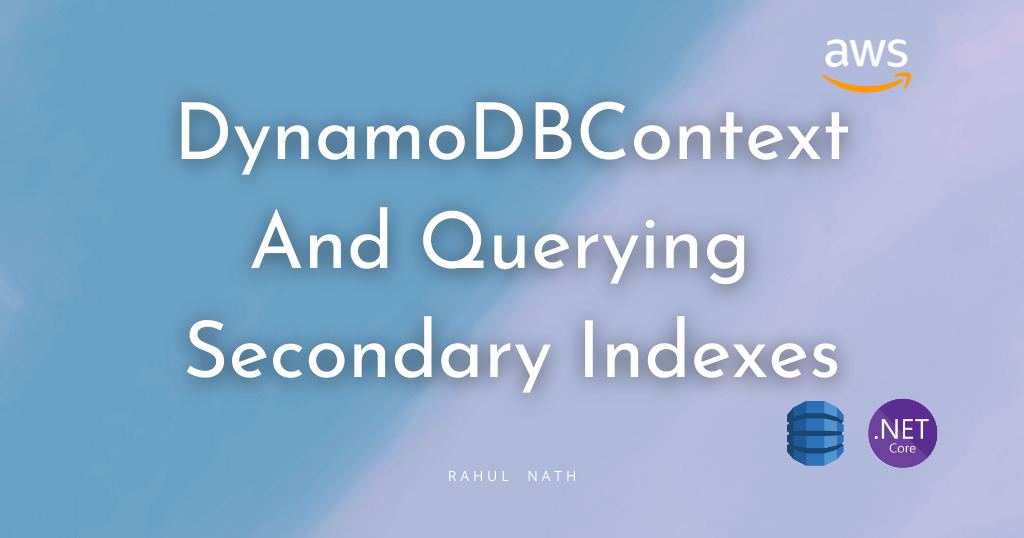
How to Query Secondary Indexes Using DynamoDBContext From the .NET SDK? Paid Members Public
Learn how to use the High Level DynamoDBContext API to query Global and Local Secondary Indexes in DynamoDB from .NET applications.
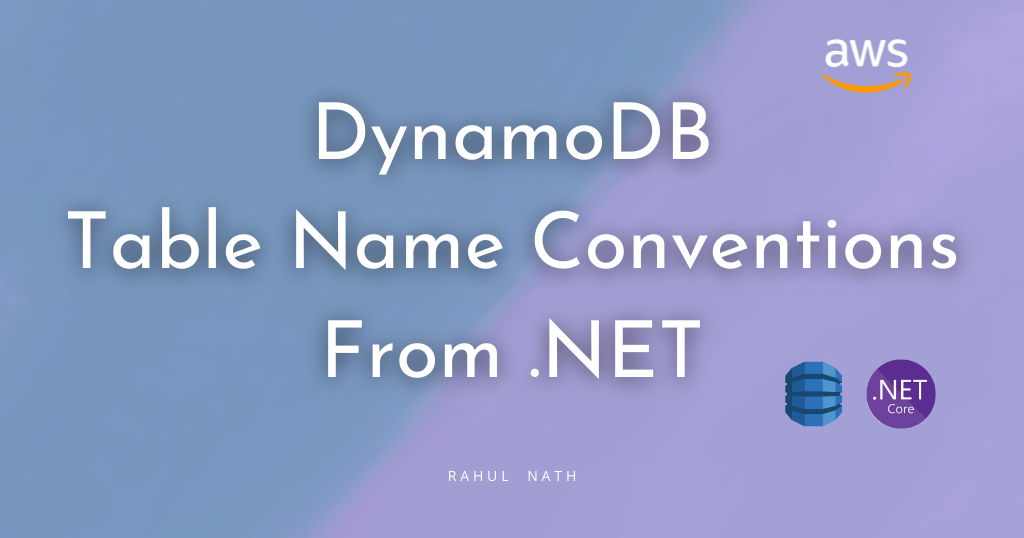
.NET DynamoDB SDK: Understanding Table Name Conventions and DynamoDBTable Attribute Paid Members Public
The DynamoDB .NET SDK by default uses conventions to determine the Table name. However, it supports different options to configure and customize the name. Learn how to achieve this in this post.
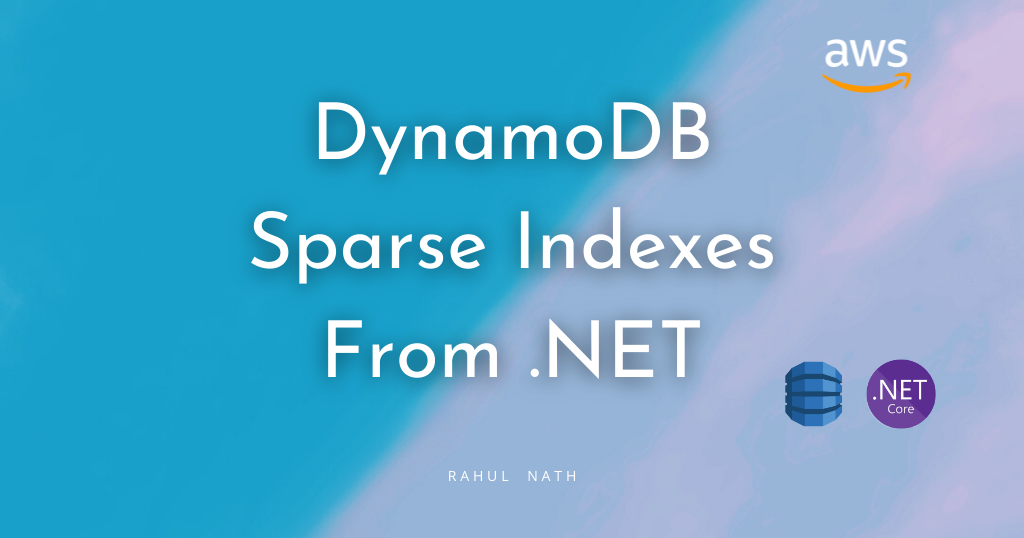
Improving Query Performance in DynamoDB with Sparse Indexes and .NET Paid Members Public
A Sparse Index is a special type of Index, where the Index does not have an entry for every item in the base table. Sparse Indexes optimize storage and performance by selectively including only a subset of items from the base table. Learn how to use this to your advantage.

How To Set Up AWS .NET Mock Lambda Test Tool on JetBrains Rider Paid Members Public
Learn how to setup .NET Mock Lambda Test Tool to work with JetBrains Rider IDE.
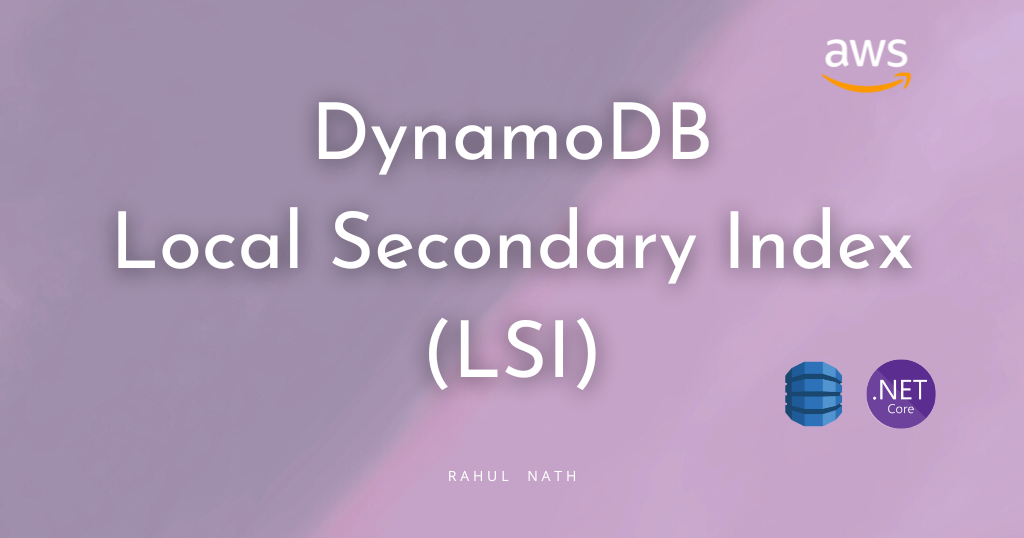
Improving Queries Using Local Secondary Index in DynamoDB with .NET Paid Members Public
Learn how to create, set up and use a Local Secondary Index (GSI) in DynamoDB for more efficient data access and optimizing cost.

Exploring Global Secondary Index: Advanced Querying in DynamoDB From .NET Paid Members Public
Learn how to create, set up and use a Global Secondary Index (GSI) in DynamoDB for more efficient data access and optimizing cost.
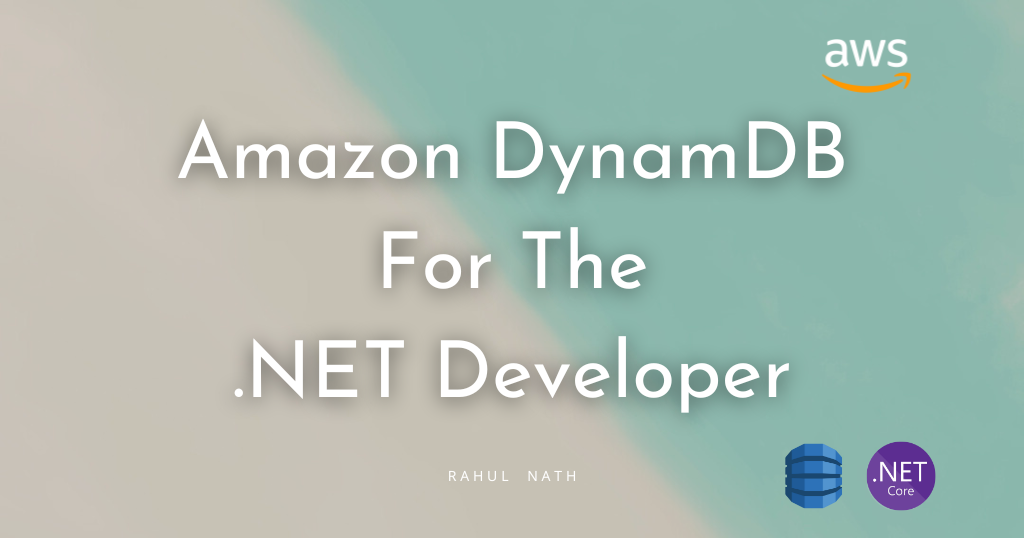
Amazon DynamoDB For The .NET Developer Paid Members Public
This blog post is a collection of other posts that covers various aspects of Amazon DynamoDB and other services you can integrate with when building serverless applications.